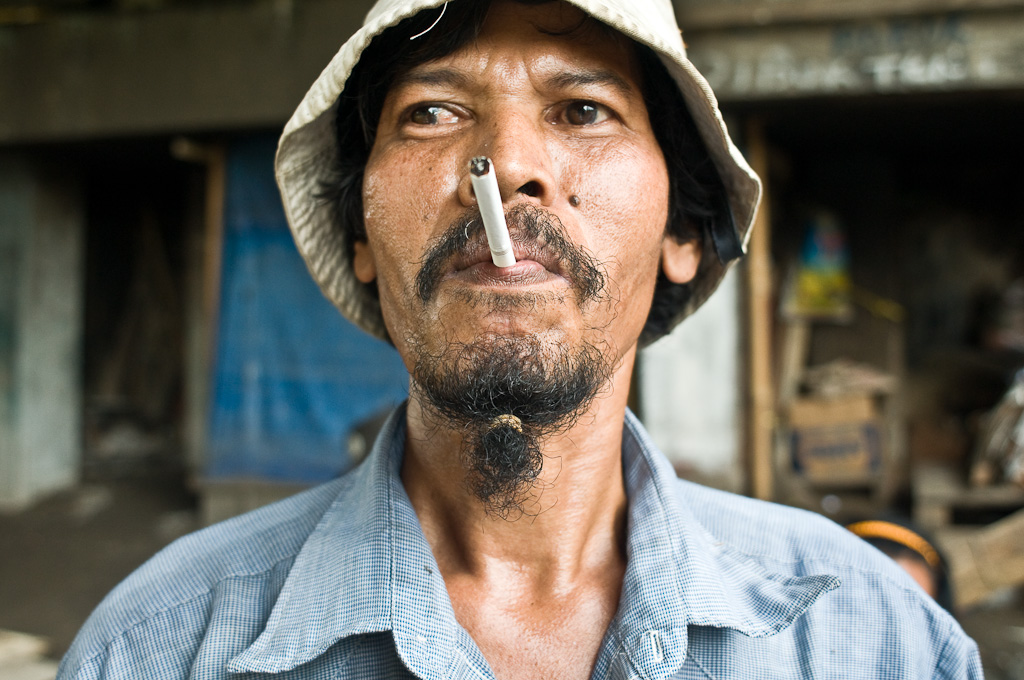You’re a practitioner and are considering taking colleagues and clients into the field. What blend of personalities do you want on your field research team?
There is a preconception in some quarters that field research requires extraverts – and whilst the ability warm up a room is valued, reflective skills tend to be easier to apply to a broad range of contexts. A good researcher provides participants with enough space to think, knows how to listen and doesn’t feel compelled to fill any void with the sound of their own voice. Be prepared to watch supposedly ‘shy’ colleagues shine, and don’t be afraid to make team members aware when more extrovert behaviours are affecting the quality of the data.
The ideal researcher is a chameleon – able to blend into any context, and put participants at their ease. There are contexts where it is desirable to push participants out of their comfort zone, a topic that we’ll come to later.
Broadly speaking women are better at conducting this kind of research than men: they tend to be more finely attuned to social nuances; are more likely to pick up on body language cues; appear less compelled to hear the sound of their own voice; and tend to have a wider empathic vocabulary than their male counterparts. Generalisations, and horrible ones at that – but based on a decade’s worth of experience of working with hundreds of colleagues and untrained assistants. There are of course exceptions.
First impressions set the tone of any ad-hoc interaction, and in many contexts this will be based on the physical appearance of the team: how they look – race, gender, how they dress; and how they carry themselves. If a team member’s physical appearance really stands out – for example they are excessively tall or are over/under weight compared to the local norms this can affect the tone of the interaction in both positive and negative ways. For example Chinese culture tends to have strong positive preconceptions about ‘tall’ people; in Japan being ‘overweight’ is strongly associated with being lazy perhaps mentally a little slow – although this is changing as obesity rates in that country increase. Excessive height and weight can present practical problems when it comes to maneuvering around a tight home, making it more difficult to blend into the background and capture the moment. Of course everyone has a context in which they are the norm – if the research centers on Mississippi where ~32% of the adult population is considered clinically obese then being ‘underweight’ is more likely to come with its own set of prejudices. The trick for the researcher is to understand how significantly differing from the local norms is likely to affect the interaction and the quality of data that can be collected.
With a few important exceptions, I’m not arguing that some people shouldn’t conduct field research – I’ve seen the power of the ‘right’ combination of personality, skill and appropriate support fromt the team overcome every form of prejudice. We all affect our participants responses – some more than others and in the interest of understanding the strengths and weaknesses of your data you need to understand what those biases are. (To give the layperson some idea of how deep this runs take a look at the list of cognitive biases on Wikipedia and then head over to the Mind Hacks blog).
A good researcher knows how to leverage what they have in any given in context, and also understands how it can get in the way.
More on first impressions in Part II.
